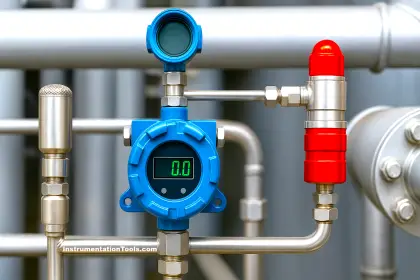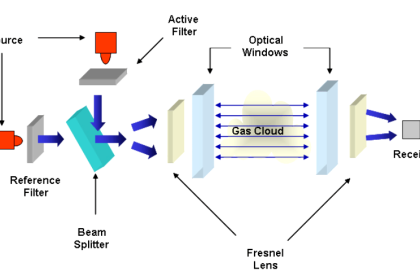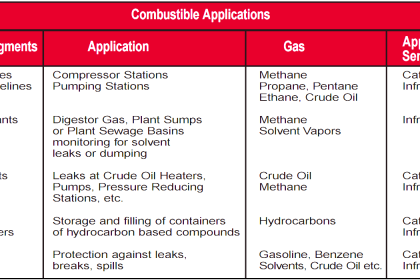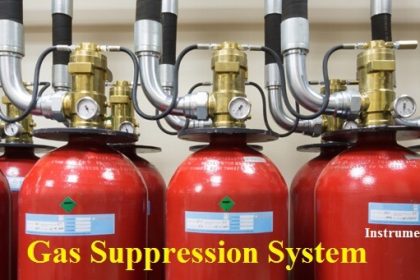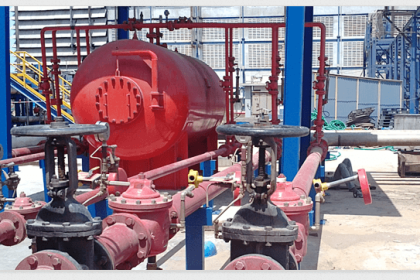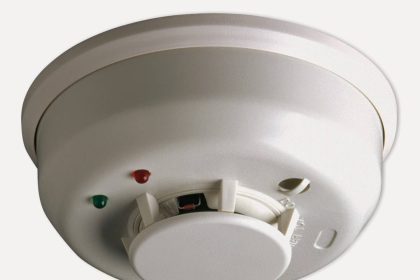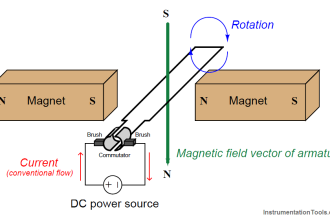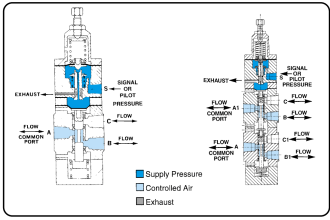A fire alarm system has a number of devices working together to detect and warn people through visual and audio appliances when smoke, fire, carbon monoxide or other emergencies are present.
These alarms may be activated automatically from smoke detectors, and heat detectors or may also be activated via manual fire alarm activation devices such as manual call points or pull stations.
Alarms can be either motorized bells or wall mountable sounders or horns. They can also be speaker strobes which sound an alarm, followed by a voice evacuation message which warns people inside the building not to use the elevators.
Fire alarm sounders can be set to certain frequencies and different tones including low, medium and high, depending on the country and manufacturer of the device.
A fire alarm system component with discrete identification that can have its status individually identified or that is used to individually control other functions.
Selection Criteria for Audible and Visual Alarms
Following are some minimum requirement applicable for Audible and Visual Alarms (Addressable Devices) selection, however requirements vary from industry to industry.
The audible and visual alarm shall be compatible with the fire and gas system panels from which it is connected to have automatic initiation from the panel.
The units shall be of wall/ceiling/floor mounting type to meet the installation requirements.
Audible alarms shall be rated for continuous operation.
Audible alarms used for Fire and Gas system shall be 0f low current consumption.
Audible alarms for Fire and Gas system shall be distinguishable from audible alarms used for other purposes. The audio signal shall be 0f different tones for fire, combustible gas and toxic gas alarms.
Audible signal appliances intended for of peration in the public mode shall have a sound level of not less than 85 dBA at 3 m or more than 120 dBA at a minimum hearing distance from the audible appliance.
To ensure that audible public mode signals are clearly heard, they shall have a sound level at least 15 dBA above the average ambient sound level or 5 dBA above maximum sound level having a duration of at least 60 seconds, whichever is greater, measured 1.5m above the floor in the occupied area. (The average ambient sound level used for design guidance in mechanical equipment rooms shall be 85 dBA or actual measured value , whichever is higher).
Alarms mounted outside the central control facility shall be audible in all areas of the facility.
A manual operation should be required to silence the alarm. The alarm shall not be automatically silenced or canceled.
Visual alarms shall be capable of continuous operation without adverse effects.
The colour of the transmitted Iight, power output and operation shall be such that it is clearly visible from all areas it covers and readily discernible against artificial lighting internally and sunlight externally.
Visual alarms which uses tungsten lamps shall use lamps underrun to ensure maximum life. long-life, high-quality lamps to the latest technology shall be used.
Warning flashing fire alarm beacons provided for high noise level areas to compliment the audio alarms shall be complete with xenon strobe light (Red lens) and totally enclosed solid state circuitry.
The audio and visual alarms shall be rated to operate on a nominal voltage of 24V DC unless otherwise specified.
